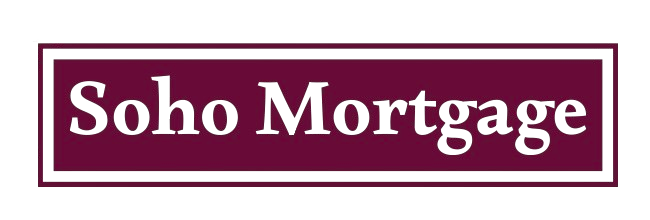Financing a green home construction with a mortgage involves a unique approach that incorporates the principles of sustainability and energy efficiency into your financing strategy. Here’s a guide on how to successfully finance a green home construction with a mortgage:
1. Understand Green Home Construction
- Definition: Green home construction focuses on building homes that are energy-efficient, environmentally friendly, and sustainable. This includes using eco-friendly materials, energy-efficient systems, and sustainable design practices.
- Benefits: Green homes often result in lower utility bills, reduced environmental impact, and improved indoor air quality.
2. Research Green Mortgage Options
- Green Mortgages: Look for lenders that offer green mortgages, which are specifically designed to finance energy-efficient and sustainable homes. These mortgages often come with benefits such as lower interest rates, reduced fees, or additional funds for green improvements.
- Energy-Efficient Mortgage (EEM): An Energy-Efficient Mortgage allows you to borrow additional funds to make energy-efficient improvements to your home. This can be used for green home construction as well.
3. Find a Lender with Green Mortgage Programs
- Lender Options: Research lenders who offer green mortgage products or have experience with green home financing. Compare their terms, interest rates, and eligibility criteria.
- Specialized Programs: Some lenders or government programs may offer special incentives for green home construction, including reduced interest rates or additional loan benefits.
4. Assess Your Budget and Costs
- Construction Costs: Determine the total cost of green home construction, including eco-friendly materials, energy-efficient systems, and sustainable design features.
- Financing Needs: Calculate how much you need to borrow, including any additional costs for green features and upgrades.
5. Prepare for a Larger Down Payment
- Down Payment Requirements: Green home constructions may require a larger down payment compared to traditional homes. Be prepared to provide a substantial down payment to secure financing.
- Saving Strategy: Start saving early to ensure you have enough funds for the down payment and associated costs.
6. Gather Documentation
- Project Plans: Provide detailed construction plans and specifications that outline the green features and energy-efficient systems being incorporated into the home.
- Certifications: Obtain and present any relevant green building certifications (e.g., LEED, ENERGY STAR) that demonstrate the sustainability of the project.
- Cost Estimates: Submit estimates from contractors or builders for the green home construction, including costs for materials, labor, and any additional green upgrades.
7. Work with a Green Home Builder
- Builder Selection: Choose a builder with experience in green home construction and a track record of delivering energy-efficient projects.
- Collaboration: Collaborate with your builder to ensure that the construction meets the specifications required for green certification and aligns with mortgage requirements.
8. Consider Government Incentives and Grants
- Incentive Programs: Research government incentives, grants, or tax credits available for green home construction. These programs can help offset the costs and improve the affordability of financing.
- Local Programs: Check for local or regional programs that support green building initiatives and provide financial assistance.
9. Apply for the Mortgage
- Application Process: Complete the mortgage application process with the selected lender. Ensure that you provide all required documentation and information related to the green home construction.
- Approval: Work with your lender to address any questions or concerns they may have regarding the green features or construction plans.
10. Monitor Construction and Financing
- Construction Progress: Keep track of the construction progress to ensure that the green features are being implemented as planned.
- Financing Review: Regularly review your financing terms and conditions to ensure they align with the progress of the construction and any additional costs.
11. Finalize and Move In
- Completion: Once construction is complete, ensure that all green certifications and inspections are finalized. This will validate the green features and potentially qualify you for any additional benefits or incentives.
- Move-In: Enjoy the benefits of your green home, including reduced utility costs, improved indoor air quality, and a lower environmental impact.
Summary
Financing a green home construction with a mortgage involves understanding green mortgage options, working with a qualified lender, assessing your budget, and preparing detailed documentation. By selecting a lender with experience in green financing, working with a knowledgeable builder, and exploring government incentives, you can successfully finance and complete your green home project.

